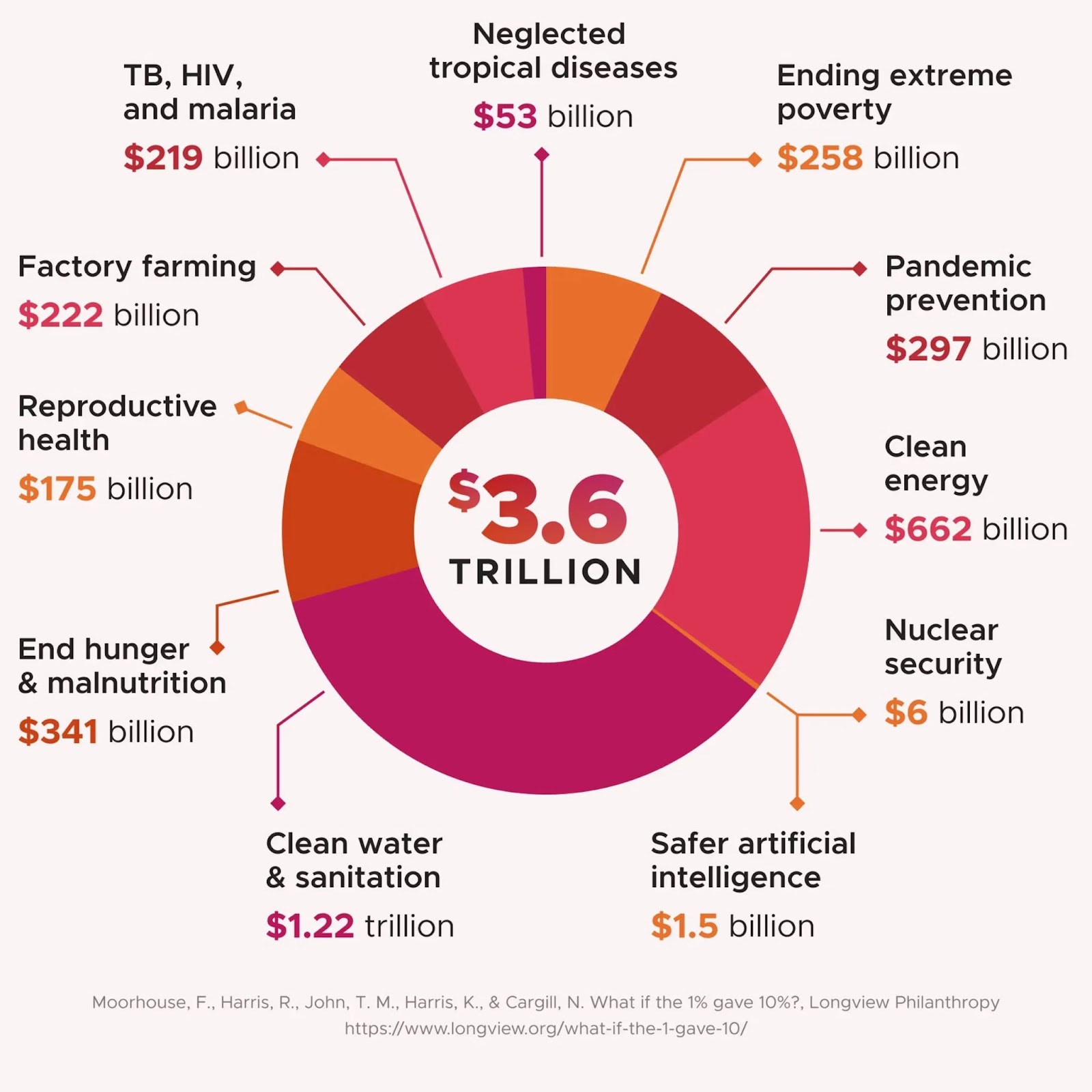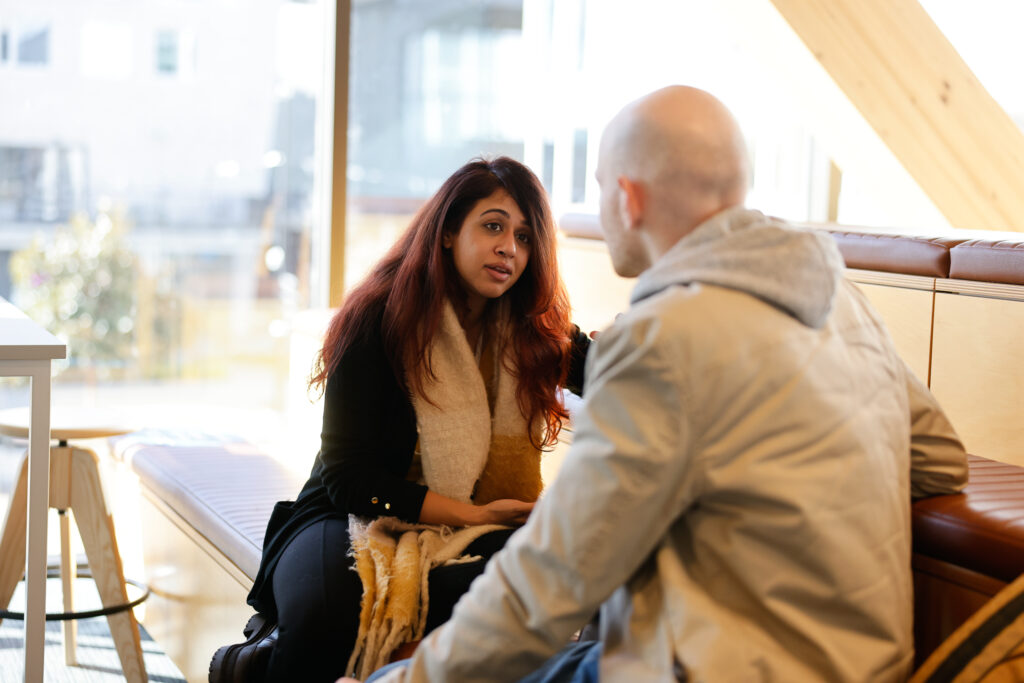Earning A$95,000 a year places you in the top 1%—literally.
Introduction
Globally, inequality is rising. As a society, we often think that the wealthy should be compelled to help solve these issues—but what if that wealthy person was you?
When we imagine the top 1% of global earners, generally we picture the ultrarich on their super yachts headed to private islands.
Yet, a closer look at global income data reveals a different perspective—earning A$95,000 a year post-tax places you in the top 1%. Even earning an average Australian income of A$55,000 places you in the top 4% of income-earners worldwide.
For someone earning an average income and living in a rich country, philanthropy is your superpower for doing good.
“But everything is cheap over there, and stuff is expensive here.”
Yes, things cost more in Australia, but these numbers already account for that.
It may seem counterintuitive, especially right now when Australians are facing a cost of living crisis, but by global standards, the purchasing power of most Australian adults is among the strongest in the world. This means the money you make still buys you more.
When Australians travel to low-income countries, we like the cheaper drinks and food. But, even when you account for this difference in prices, we’re still at the top of the global rich list, because the calculations account for ‘purchasing power parity.’
Put simply, purchasing power is an individual’s ability to buy goods and services. Factors affecting purchasing power include income, inflation, cost of living and currency value.
Purchasing power parity can then be used to compare the cost of living between countries and to make adjustments for the economic output or income levels of different nations.
A simple way to think about this is: can I buy the same packet of two minute noodles in Australia for the same cost as I can in Nigeria? The short answer is no.
Accounting for purchasing power, Nigerian noodles are 20x more expensive
Living in a major Australian city like Sydney can feel expensive: we spend about 30% of our salaries on housing. Even accounting for this, by global standards, Australians have it pretty good.
Not only are average Australian salaries among the highest in the OECD, the cost of our food and transport is generally cheaper than other OECD cities, and access to free healthcare and childcare help make incomes go further and enhance our quality of life.
Compare this to Nigeria, where the average salary is between A$2,400 – 5,000 per year. Now, the cost of basic items in Nigeria might appear low, with average rent per month around ₦50,000 (approximately A$130). But, with salaries so low, the average person in a major city like Lagos or Abuja spends more than 50% of their income on housing. Declining wages, combined with high inflation, means that essential goods and services are becoming increasingly expensive for Nigerians.
These factors combine to highlight that while a package of two minute noodles might cost less in Nigeria (A$0.94 in Australia and A$0.68 in Nigeria), adjusting for incomes that same package of noodles costs 2000% more in Nigeria than it does in Australia.
For every one pack of noodles someone can buy in Nigeria, you can buy twenty.
The power of your position
Being among the richest people globally, our opportunity—and responsibility—to give back is greater than ever.
If the top 1% of global earners in Australia donated 10% of their income (still placing most of them in the top 1-2%) to effective charities, that would equate to A$61.7 billion per year. Directed to highly effective charities, that money could provide literally billions of life-saving interventions like anti-malarial bed nets, vitamin A supplements, and deworming treatments.
Globally, if the top 1% globally all donated 10%, we could raise $3.6 trillion in just two years. That’s enough to provide clean water and sanitation for all, end hunger and malnutrition for good, eradicate malaria, massively reduce HIV and tuberculosis, eliminate neglected tropical diseases, prevent the next pandemic, and more.

Source: Longview Philanthropy “What if the 1% gave 10%?”
Yes, these are hypotheticals—but the enormity of these accomplishments is a valuable reminder of what we can do when we act together toward a common goal.
How rich are you?
Get a better sense of where your income places you on the global rich list with Giving What We Can’s ‘How Rich am I’ calculator.
If you find yourself in the top 1%, committing 10% of our income is a powerful way to make a difference by supporting highly effective charities.
If 10 percent is too much for you, start with 5 percent or 1 percent. The aim is to start giving effectively now, to positively impact lives today, and into the future.
Explore taking a Pledge today. You’ll be among 10,000+ other pledgers from 116 countries.





